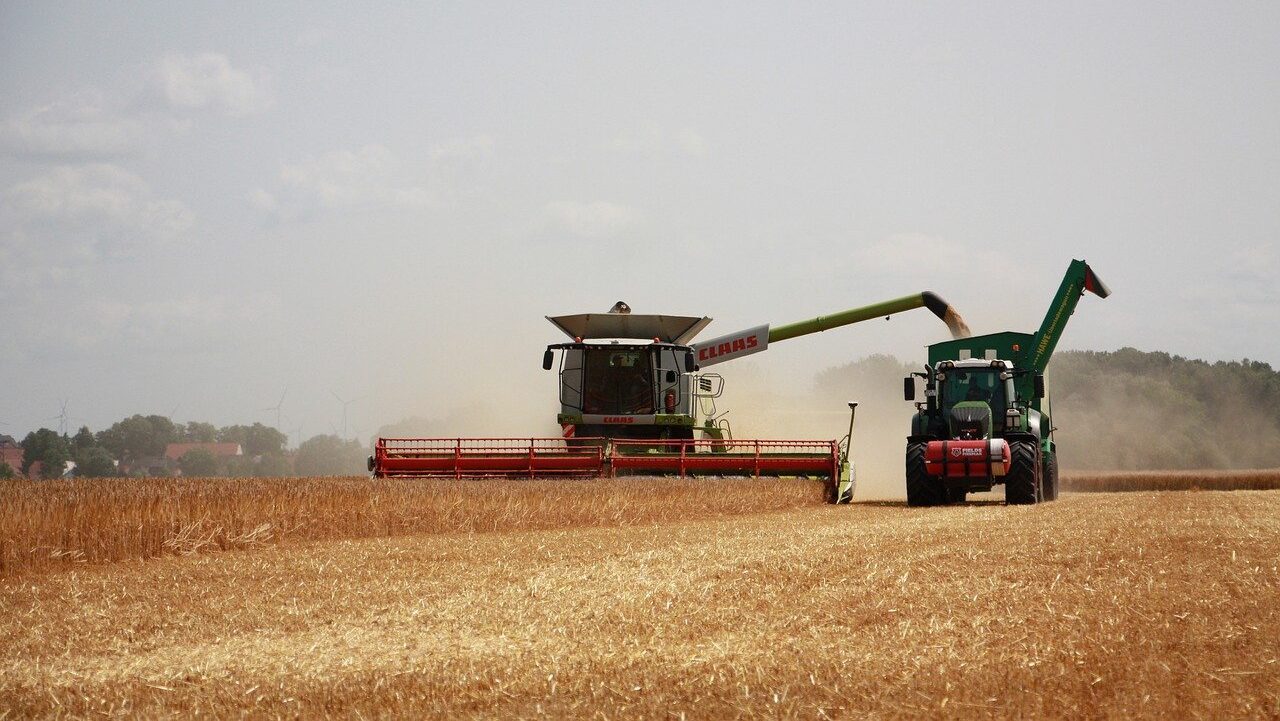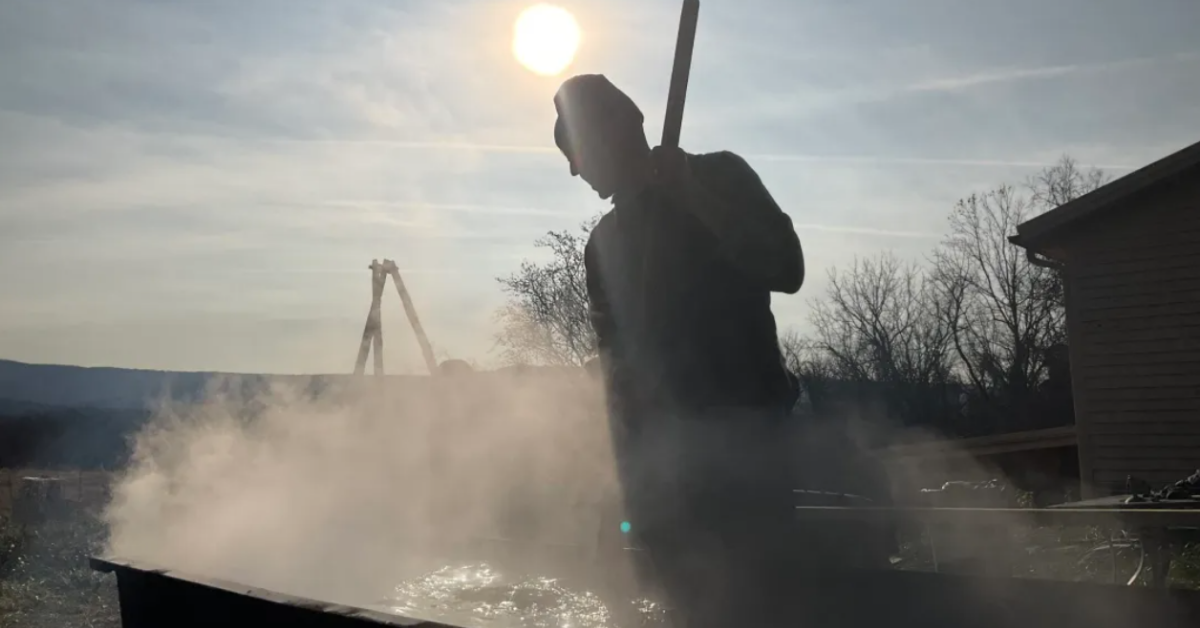As outlined the previous blog in this series, the overarching goals for federal agricultural policies that advance opportunities and create a better future for family farms are:
– A fair and effective farm safety net.
– Healthy communities with strong local food connections.
– Conservation stewardship that sustains our shared natural resources.
– A thriving next generation of farmers and ranchers.
This week we focus on Crop Insurance (Title XI in the current Farm Bill).
How does crop insurance work?
As explained by the Economic Research Service (ERS) of the USDA:
Producers can purchase insurance policies at a subsidized rate under Federal crop insurance programs. These insurance policies make indemnity payments to producers based on current losses related to either below-average yields (crop yield insurance) or below-average revenue (revenue insurance).
Policies are sold through private insurance companies, but USDA’s Risk Management Agency subsidizes the insurance premiums as well as a portion of the companies’ administrative and operating expenses. The ERS further explains that premium subsidy rates have increased in recent years, so on average producers pay only around 40 percent of their premiums. Insurance is widely available, though coverage is not available for all crops in all areas, and all types of insurance are not available for all crops. Farmers sign up for insurance before planting, but usually pay premiums after harvest. Further, the total amount of federal Crop Insurance subsidies now exceeds Commodity subsidies to farmers.
If you picture a pie chart of total Farm Bill costs, Nutrition (food assistance programs) is 80 percent of the pie, followed by Crop Insurance at 8 percent, Conservation programs at 6 percent and Commodities at 5 percent. The remaining 1 percent is for all other programs: Trade, Credit, Rural Development, Research, Energy and more.
So what’s the problem? What needs to be fixed?
The Crop Insurance title of the Farm Bill needs to be fixed to bring it in line with the goals of fostering economic opportunities for farmers, conserving natural resources and improving prospects for the whole of agriculture.
On paper, the Crop Insurance program is designed to provide protection against unexpected environmental and economic disaster equally to all farmers, regardless of the size of their farm or what they grow. In practice, however, the program excludes many types of farms and farmers. The current risk management program can discourage key sustainable farming practices, like the planting of cover crops or the use of advanced nutrient and pest management. Current crop insurance subsidies are encouraging other practices, such as rewarding monocultural production in corn, soybeans and other farm commodities. Additionally, the program provides subsidy support without any per farm limit and with little transparency.
What are some of the reforms?
In short, here are the risk management and subsidy reforms needed in the next Farm Bill:
– Establish limits on the amount of insurance premium subsidies that can be received, in line with limits for other USDA programs.
– Target premium subsidy support to farmers with approved conservation practices and diverse crop rotations. In other words, require sustainable agriculture plans for all acres receiving public subsidies via the crop insurance program.
– Expand crop insurance access to better serve all types of farmers in all regions of the country, not just the major commodity producers.
– Tighten crop insurance delivery to make the program more transparent and efficient.
What’s next for writing a new Farm Bill?
Ensuring that the farm safety net is stable, effective and efficient is a top priority. As well standing up for family farmers and supporting reform efforts.
Next, we will take a closer look at Conservation programs (Title II) as laid out in the Farm Bill. Our nation’s farming practices need to balance productivity with conservation benefits so that fertile lands remain in production. The challenge is to create integrative policies so that commodity and crop insurance programs do not override conservation ones.
For those who are interested in the detailed aspects of federal policies and the 2018 Farm Bill, visit the NSAC campaign website for more information.
—Robert Gronski is a Consultant for Catholic Rural Life. He tracks policy perspectives on food, farm, environmental, and rural community issues and helps frame these within the perspective of Catholic Social Teaching.
















